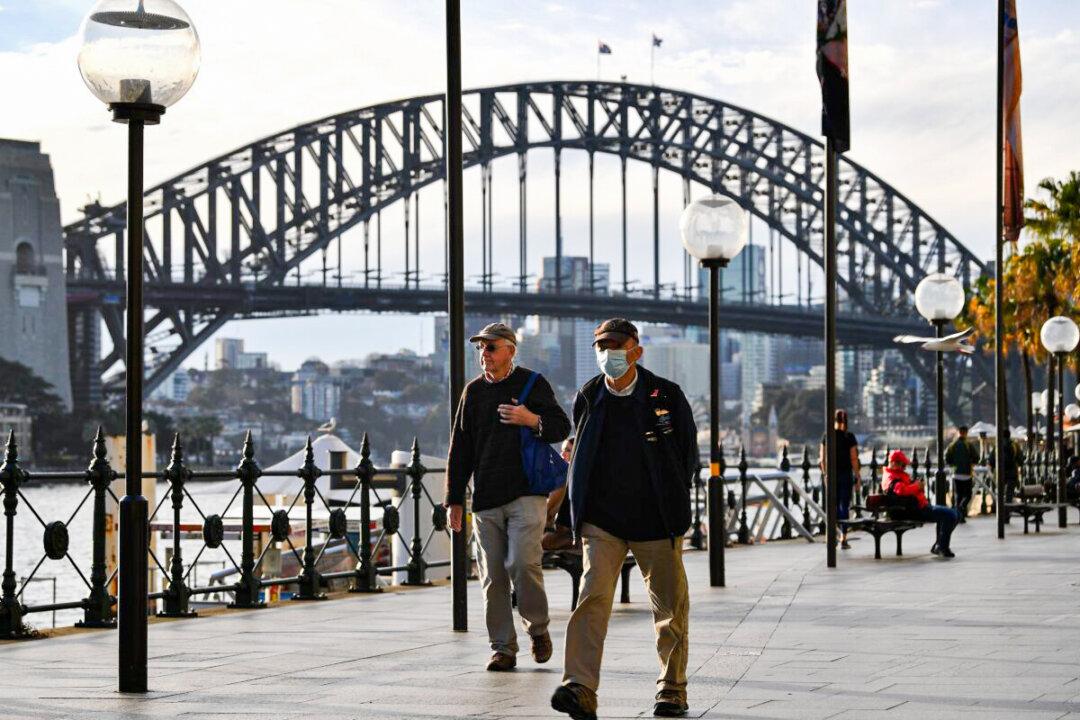The human body has a natural defence against COVID-19 which scientists at the University of Sydney say could pave the path for future vaccines against newer strains.
The team discovered that the body contains a naturally occurring protein, the leucine-rich repeat-containing protein 15 (LRRC15), which ties itself to the COVID-19 virus and does not pass it on to other cells.





